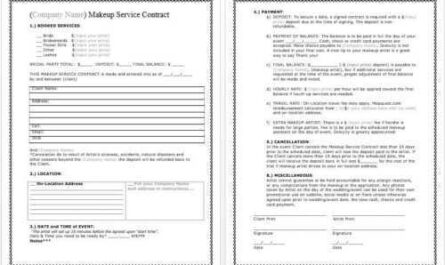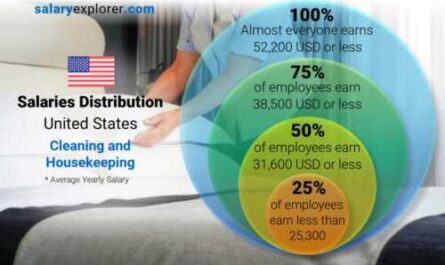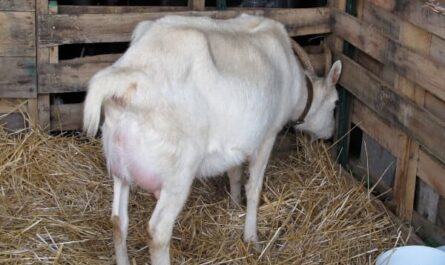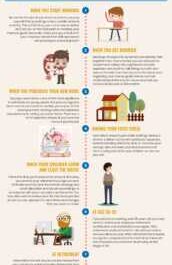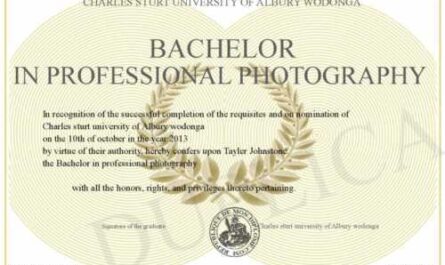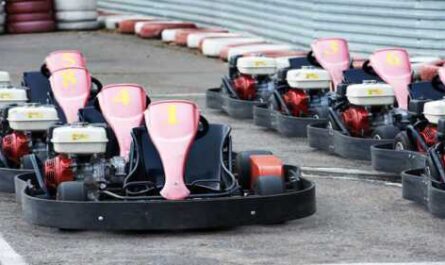CHAPTER 13 -: This is the thirteenth chapter of the Complete Guide to Getting Started in the Cleaning Industry. Division of labor is a term you may have come across or even studied in your high school economics classes. The reason you need to update your knowledge of the division of labor in order to start a successful cleaning business is that anything related to the word “work” is of great importance to the owner of a service business. .
the success of your business is literally in the hands of your employees. If they are not using their full potential, then your business is heading down the drain in this highly competitive capitalist society. So, the division of labor is a tool or vehicle by which you can turn a general cleaning crew into a well-oiled, lean sweeper.
What is the division of labor?
If you don’t know what division of labor is, or if you’ve forgotten the meaning of the word and how it affects your business organization, now is the time to brush up on your basic economics skills. Division of labor is basically the division of all your employees into divisions, each responsible for carrying out a specific task throughout the production process. In the context of a cleaning company, division of labor helps you break down your entire cleaning into different segments and then designate an employee who will be responsible and responsible for that specific segment of the service.
For example, if you are given a colossal task of cleaning a huge office space owned by a large company, you can divide the whole task into different parts, such as cleaning the floor, removing dust from the table, remove stains from the glass, pick up trash, take out trash, etc. etc.
Now, in truth, it is impossible for any of the cleaning staff to do all the work on such an important task. You need a team of cleaners whose job is done for them. In other words, you will have one person cleaning the floor, another person cleaning the trash cans, and a third person removing the stains from the windows. This is what the division of labor does to a cleaning company.
The division of labor is not always as simple as in the example above. If this were the case, then the world’s best service contractors wouldn’t waste precious hours of their day trying to find the perfect division of labor strategies. The whole challenge is like being the head coach of a football team, for example.
As the coach of a soccer team, you need to give each player a specific role when setting up tactics for a specific match. One player is responsible for moving up and down the flank, while someone else is encouraged to stick with an effective goalscorer from the opposing team, while another player is responsible for playing homework to support an attacker from your own team. The whole strategy is divided into different parts. Likewise, the division of labor in cleaning companies is based on understanding and recognizing the capabilities of your employees, and then assigning them to tasks that match their specific skills.
Thus, the division of labor is also called specialization of workers. Now, this can cause you problems as a business owner. If you don’t have any experience in the cleaning industry, you might think that joining a cleaner doesn’t really require special skills. It may seem to you that everyone can fulfill their obligations on the site and fulfill the instructions given to you by the customer.
This is obviously a mistaken assumption. It takes a certain degree of specialization to be successful in your job as a cleaning employee. For example, not all of your team members can clean the floor at the same speed. Not everyone on your team is good at picking up trash, picking it up and then throwing it out without leaving a single spot on the floor or on your client’s property. Of course, you can train your employees to be versatile and expert in all areas of cleaning. But the question you need to ask yourself is whether it’s really worth training your employees to be a super worker and being able to do it all when you can teach each person to be perfect at a particular job.
Before you can tackle the division of labor, you first need to establish a number for the types of jobs you have in your business, which you may have already achieved by trying to create a fair and fair wage structure. well organised. Once you have the number in your hands, the next step in achieving the division of labor is getting to know your employees. A reckless entrepreneur is one who simply relies on their hiring managers to recruit and match the “best” cleaners in town. You have to be very active as a business owner. You cannot be disconnected from your employees and their activities.
In a cleaning business like the one you are about to start, it is imperative that you know each and every one of your employees, no matter how damn their jobs might be. This is absolutely essential during the first few months of your business. Later, as your business grows and grows, you can focus on specific people you are interested in and who you see as potential sources of income for your business. But for now, have a list of all employees in hand and conduct personal interviews with them to identify their strengths and weaknesses. This will help you establish a division of labor in your cleaning business.
Another way that division of labor is similar to forming a football team is that it involves the rotation of your players, that is, the rotation of your employees. Perhaps the biggest misconception about the division of labor is that it prevents you from exploring and experimenting with the capabilities of your employees. Division of labor is not about forcing your employees to do the same task over and over again without being able to try new things from time to time. It is a militant and extremist approach to the division of labor that is unlikely to bear fruit.
Out of all the skills that a cleaning agent may have, a particular cleaner might have 2 or 3 different skills that you need to pay attention to. Once a worker becomes an expert on a particular cleaning task, assign him or her to focus on another task. This will allow him to remain free from the monotony, which is one of the biggest drawbacks of the “extraordinary division of labor”. Monotony or boredom can easily arise in the mind of a worker who has been repeatedly asked to do the same task for a long time. This is bad news for the worker and for you. If an employee is bored, they lose interest in the task at hand. When interest is no longer shown, concentration disappears and therefore,
If this wave of monotony or boredom affects all of your employees, then the whole cleaning crew will end up doing a pitiful job for your client, and the next time you find out, your disgruntled person will refuse to pay you a dime for it. the horrible job that your employees did. That’s why you need to rotate your employees based on their strengths and weaknesses. If someone is the best at cleaning the floor, have them change the furniture on the estate. This will preserve their creativity and give them an additional incentive to learn and improve. When an employee isn’t looking to improve, they are likely to perform poorly.
Interdependence is another downside of the extreme division of labor that you have to be careful with. If all of the workers on your team specialize in one specific job and have little or no understanding of the other jobs, then you are putting your cleaning business in serious trouble. Why is it? Here is an example to help you better understand the interdependence problem. Coming back to the scenario of cleaning up a huge office space, if one of your employees, for example someone specializing in garbage collection, decides not to take sick leave suddenly, the work of your entire team is cleaning will be compromised.
No matter how well other employees clean the floor, wipe the furniture or remove stains, the trash will remain on the floor without collection, which will seriously anger the customer. Even if another employee takes the initiative according to your garbage collection instructions, they are likely to make a number of mistakes that leave the word messy and unclean. Again, a work in progress like this will not please the customer at all. Therefore, if you don’t want to make the customer angry, you had better start training your employees to at least acquire a different skill set than the one they specialize in, to ensure that the absence of a co-worker does not leave the cleaning team.
Implementing a division of labor can sometimes take a toll on the strong team chemistry and individual morale of your employees. Since all efforts are based on cooperation, there is not much at stake for the workers. Once a big project has been completed and a client has generously repaid your business, your employees will not have the opportunity to stand up and take out a loan for a job as they are not fully responsible for the job. success. Failure to brag about a successful project can weaken the minds of many workers and cause them not to put in so much effort next time, and this is another division of labor you have to contend with. .
The best antidote to this problem is to instill a sense of faith and trust in every employee on the cleaning crew. Make them understand the value and importance of coming together and working as a team. Make them aware of the importance of their role in the team. If you manage to do this successfully, your employees will take pride in doing a good job at your customers’ sites.
Sometimes you can have workers who will come to you and tell you that they are quite capable of cleaning an entire house or office without help. As heroic as their words are and as tempting as the proposals (in terms of wage cuts) may sound, such proposals should not bother you, but stick to your philosophy of dividing labor into large segments. It’s the best way to get the most out of your employees. If you let someone handle all of the chores, they can do a fantastic job at first, but over time they will run out and the quality of your cleaning services will drop dramatically.
Aside from the downsides of division of labor, these are the pros that should really be on your mind. Division of labor not only increases the productivity of your cleaning staff, but also lowers your costs in various ways. On the one hand, it requires less effort in the classroom and helps your employees understand their job description more easily. You should also take into account that the division of labor or the specialization of a task can lead your employee to find innovative ways to accomplish the given task. In other words, expertise through specialization leads to savings in costs and innovation time.


